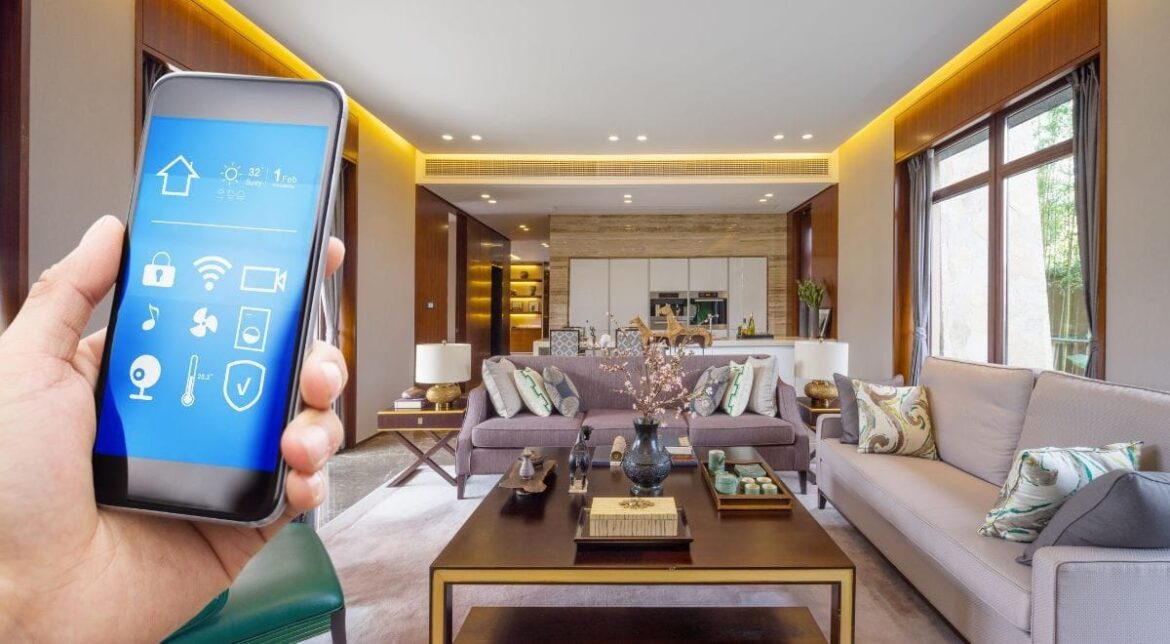Smart phones work with the help of a series of connections that link diverse devices in use. According to Joe Cianciotto, this network is generally centralized by a main control through a smartphone application or from an equivalent unit. It allows homeowners to manage multiple devices and appliances at home, regardless of their location. Smart home systems include sensors, controllers and actuators. Sensors are responsible for capturing information from the environment, while controllers process the information. The actuators that perform the functions commanded by the controllers, like entertainment, security, lighting and climate control.
Joe Cianciotto sheds light on a few key features of modern smart home technologies.
Smart home technology refers to a network of connected devices and systems that can be controlled remotely or automated to respond to the habits and preferences of the homeowners. Its goal is to enhance comfort, security, efficiency, and personalization at home so as to create living spaces that are both functional and tailored to one’s needs.
The latest advancements and innovations in smart home systems are focusing on the creation of sustainable, user-friendly, and cohesive living environments. Its standout features include:
- Voice-controlled Integration: Today, intuitive digital assistants have emerged that are capable of seamlessly managing complex tasks. They allow homeowners to set alarms, adjust room temperatures, control lighting and more. These systems seamlessly integrate convenience into one’s everyday tasks. In many ways, voice control has become a hallmark of smart home interior design today.
- AI-driven climate control: These smart systems have the capacity to learn the preferences of the members of a household and automatically adjust heating, cooling and humidity levels to create a perfectly comfortable environment. AI-based systems can help detect when a room is vacant or occupied, thereby conserving energy by only focusing on active areas. For instance, in case a room is not occupied, the system would automatically adjust to conserve energy, ultimately lowering electricity bills and enhancing sustainability.
- Smart lighting and ambience: Incorporating smart technologies into home design has transformed the way homeowners interact with their living spaces, offering not just convenience but also enhanced comfort, security, and energy efficiency. One of the most impactful advancements in this area is smart lighting. This intelligent solution enables users to modify the brightness, adjust color temperatures, and create personalized lighting patterns tailored to different moods, tasks, or times of day. Many smart lighting systems today are designed with circadian lighting capabilities, which means they automatically shift according to the natural rhythm of daylight—becoming brighter and cooler during the day and warmer in the evening.
As per Joe Cianciotto, security technologies have seen significant advancements over the years. Modern smart security systems come equipped with sophisticated features like facial recognition, motion sensors, and real-time remote monitoring via mobile apps. These systems allow homeowners to keep a constant eye on their property, no matter where they are, and receive instant notifications if any suspicious activity occurs. Furthermore, smart locks and surveillance cameras provide direct control over access points, strengthening home security without compromising on design.







